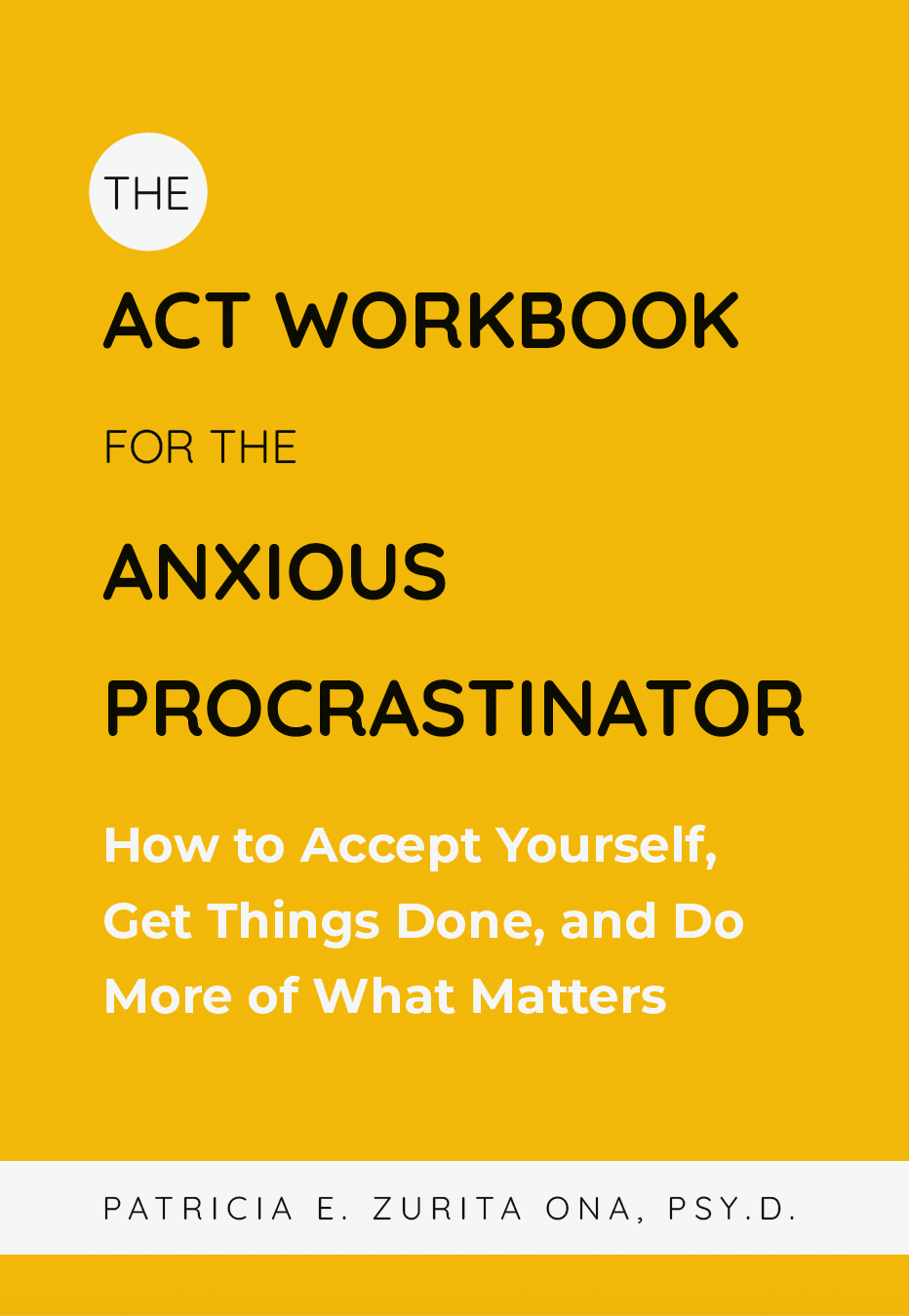This is the second part of a series of posts for parents who have discovered their teen is cutting and want to know what to do about it. In our previous post, for parents: what to do if you teen is cutting (part 1), we identified specific steps for preparing yourself to have a conversation with your teen. This is very important, because we know that there is a full range of emotions that arise when you learn that your your teen is cutting. Attempting to talk to your teen while experiencing those intense emotions is not helpful to you or your teen. We hope that you follow through with our recommendations and take the time to breath, breath, and breath again.
Some of the parents we have worked with have a strong sense of fear about the safety of their teens, for valid reasons of course. However, teens who cut do not need to be hospitalized unless they’re suicidal or the cut is so severe that it places them in danger. Cutting might look like suicidal behavior, but it’s not. Teens who cut are not trying to kill themselves; they’re trying to manage whatever emotional pain they’re dealing with in that particular moment.
After speaking to your teen about this behavior, you will most likely want to find a resource to help your teen cope with this behavior. In this post, we want to help you find the right therapy approach and a good therapist for your teen. Not all therapies are going to be effective for this particular problem, and we are sure you do not want to waste your time and financial resources on therapy sessions that are not going to be helpful.
Read below for our suggestions for finding an effective therapist and therapy approach for helping your teen who is struggling with cutting behaviors. Once again, keep in mind that “cutting” is the outcome of emotion dysregulation problems. This refers to experiencing emotions as “too many, too quick, too soon,” and doing everything possible to stop them, block them, or avoid them. Therefore, an effective treatment is going to target that particular problem.
Finding the most effective therapy approach:
Dialectical Behavior Therapy (DBT) is the front line treatment for problematic behaviors that involve cutting and mild-to-severe emotion dysregulation problems, in particular. Within this particular type of treatment, participants learn specific life skills: how deal with emotions, stress, people, and how to be present in the moment to make the best choices for themselves. A major component of this type of therapy is that in addition to learning those skills in a group or class format (which is similar to attending a class), participants also have individual therapy in which they discuss daily life situations as a laboratory to apply those skills.
Finding the right therapist:
- Psychology Today website: search for DBT or CBT in your area.
- Google DBT and your zip code or city.
- School counselor.
- Pediatrician.
- Other parents that you trust.
- And believe it or not, Yelp can show you reviews or ratings of therapists.
* If you’re going to use your insurance, then certainly your insurance can also provide you with a list of names; however, you will still have to screen those therapists.
Please be ready to be “bombarded” with information, names, and potentially blurbs that will sound the same after you read them.
Once you have the names of potential therapists, google them and check their website. Here are some things to look for:
– Do they practice evidence-based treatments?
– Do they practice Dialectical Behavior Therapy (DBT)?
– What’s their training on DBT? Are they learning about it, or are they fully versed in the model?
– Do they have any reviews or testimonials? This is not very common for therapists but some of them have these and they’re very helpful in this screening process.
After you select maybe 5-7 names, you are ready to initiate a phone call.
Here are some recommended questions for your phone call:
- How often do you treat these types of problems?
You’re looking for an expert, someone who has not only received adequate and appropriate training in the model, but one who has provided treatment for more than a few cases like these for the last couple of years.
- What training did you receive to treat emotion dysregulation problems and/or cutting?
Typically, it takes more than a workshop or a graduate class to develop an expertise in this area.
- What’s your opinion about medication for emotion dysregulation problems?
- What’s your opinion about family sessions or therapy for this particular problem?
This last question is important because for the treatment to be effective and long lasting, parents and teens need to learn the skills, either together or in separate groups. Here is the caveat: most therapists may say that if they work with the teen there is confidentiality involved, which makes sense because they have to build a trusting relationship with the teen. But you need to assess whether they’re open to family meetings or to collaborating with a family therapist for this matter.
If you feel comfortable with them and like them, that’s a good sign; however, make sure that they also have the expertise for treating this type of problem. Liking a therapist is not enough to put together an effective treatment team.
Some therapists maybe offer a meet-and-greet brief session at no cost; other therapists, after talking to you, may offer you an intake appointment, which usually takes longer than a therapy session and has a special one-time cost. For an intake/consultation appointment, it is quite likely you and potentially your teen may have to fill out some paper work, such as questionnaires and/or general legal documents.
Are you still reading?
If you are so, please breathe again. We know this is hard. We know this is not easy, and we also know that the right treatment can make a difference in your life and your teen’s life.
Now, it’s time to meet with the potential therapist. Here are some questions to keep in mind:
Ask yourself, Do you like him or her? Does your teen like him or her? Does the therapist have the expertise needed to treat this problem?
Now, here is what could go wrong in this intake/consultation session:
– Your teen doesn’t want to talk and simply shrugs his or her shoulders. If this happens, we invite you to breathe and breathe again before trying to force your teen into doing something he or she does not want to do. See if the therapist can get your teen to talk. If things go wrong, and your teen still doesn’t want to talk, find out if the therapist is open to providing you with some parent coaching about how to handle this situation.
In our next post, we’ll share with our readers how parents can support the teen in this process.







